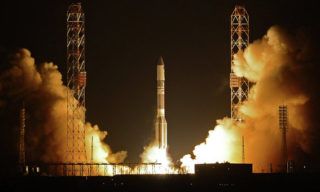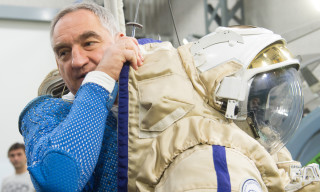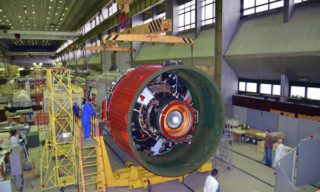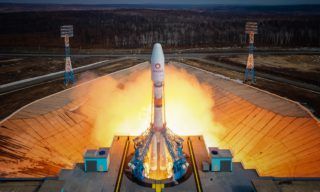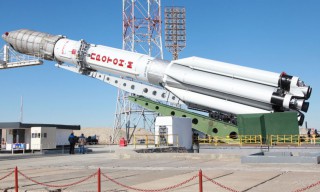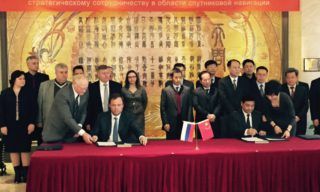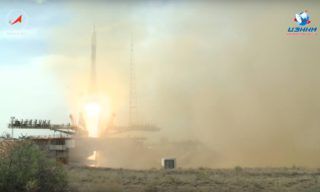The cosmonauts landed on September 23 at 15 hours Moscow time and were immediately taken under observation by medical specialists. As a rule, after opening the hatch of the descent vehicle, first, the crew doctor receives information about the well-being of the members of the long expedition. In our case, Vadim Shevchenko, the head of the laboratory – the GCTC doctor-methodologist, made sure that everything was in order and that it was possible to start evacuation from the descent vehicle. The first on solid ground descended to the ship commander Oleg Kononenko, then Tracy Dyson and Nikolai Chub.
After landing in the very first minutes it is very important to strictly follow all the recommendations of doctors. For example, to prevent irritation of the vestibular apparatus, experts advise cosmonauts to adhere to the following rules: do not make sudden movements of the head, cover the eyes, and relax the muscles of the body.
Then medical experts conducted primary research: these include ECG recording, measurements of blood saturation level, blood pressure, and pulse rate.
The data obtained in Oleg Kononenko and Nikolai Chub immediately after landing corresponded to the norm for the body, which for a long period, namely 374 days, was in weightlessness, was exposed to overloads during descent, and, of course, experienced a certain stress.
After receiving initial objective medical data, the entire crew was carefully moved in chairs to the medical tent. There the medics re-evaluated the current state of health of the cosmonauts. After the removal of spacesuits, they were changed into flight suits.
– Taking into account physiological indicators and general well-being, the presence of some vestibular and orthostatic manifestations, using the existing positive experience of application, it was decided to restore the volume of circulating blood For this purpose, cosmonauts are recommended to slowly drink water, or special drinks with electrolytes, or, if indicated, practiced intravenous injection of a certain amount of isotonic solution. During these medical manipulations cosmonauts actively communicated with doctors and management of Roscosmos and other specialists.
From the medical tent to the search and evacuation vehicle and then to the helicopter the cosmonauts were transported in a horizontal position accompanied by a medical team. From the moment of opening the hatch of the descent vehicle to the takeoff of the helicopter with the crew on board took about 2.5 hours. This time was enough for the cosmonauts’ organism to level out the manifestations of stress, adapt to the effects of gravity of the Earth, and take the injected liquid as its own.
During the helicopter flight, which is about 2 hours, the cosmonauts were still in a horizontal position with the use of hearing protection: a set of “earplugs” used headphones with active noise reduction, – said the details of evacuation deputy head of the Department of Biomedical Training GCTC Vladimir Matveev.
Further post-flight examination and recovery of Oleg Kononenko and Nikolai Chub continued based on the complex pre-launch training and post-flight rehabilitation of cosmonauts in Star City.
On the first day after landing the cosmonauts had a gentle mode of motor activity inside the rehabilitation complex, but all the planned work on medical examinations and post-flight research on medical and biological space experiments were performed.
In the following days, Oleg Kononenko and Nikolay Chub received daily sessions of general medical massage and restored their functional health by swimming in the pool under the supervision of the GCTC specialists. The cosmonauts also continue to participate in numerous medical studies and experiments.






